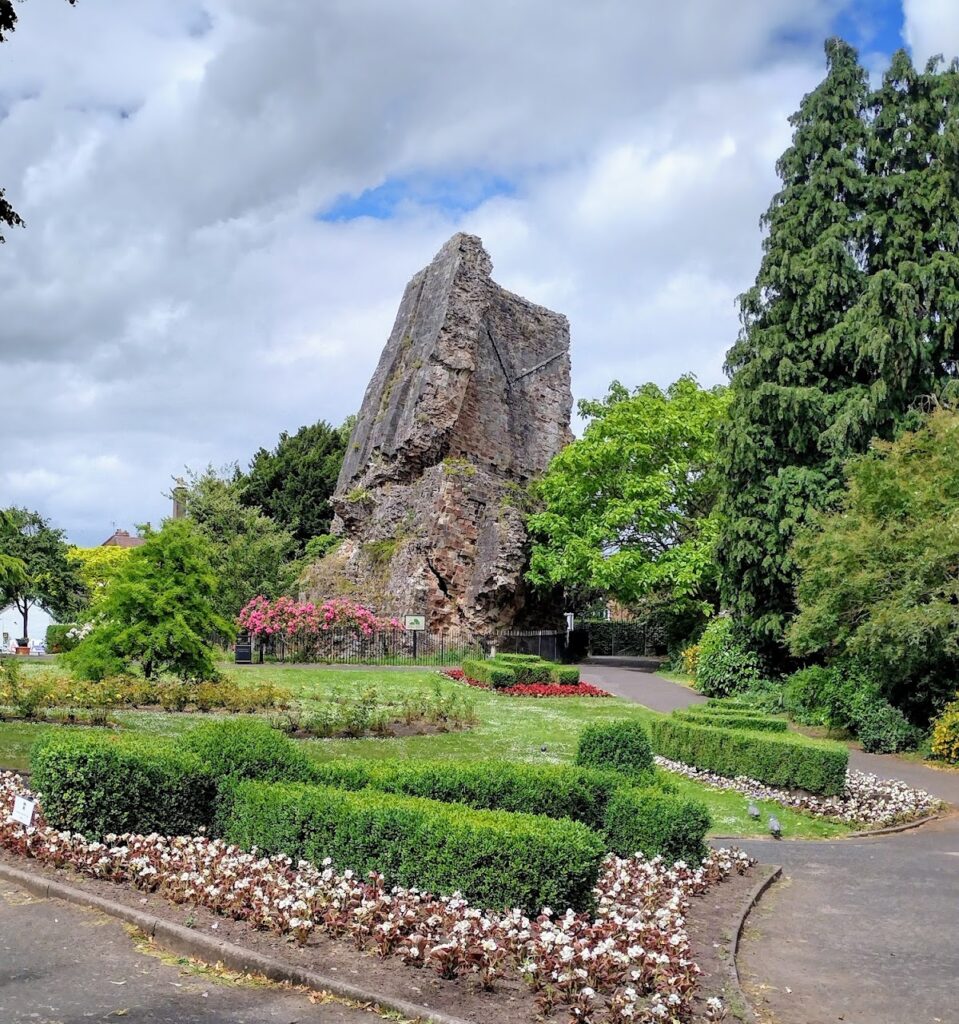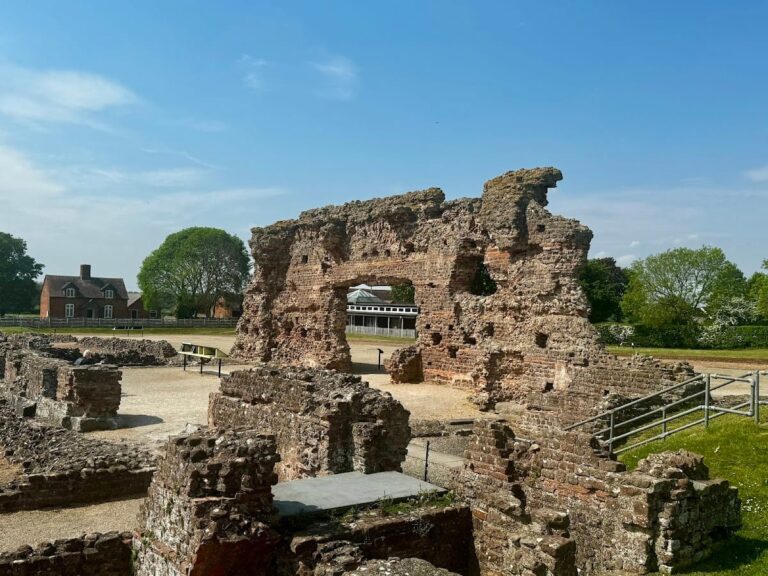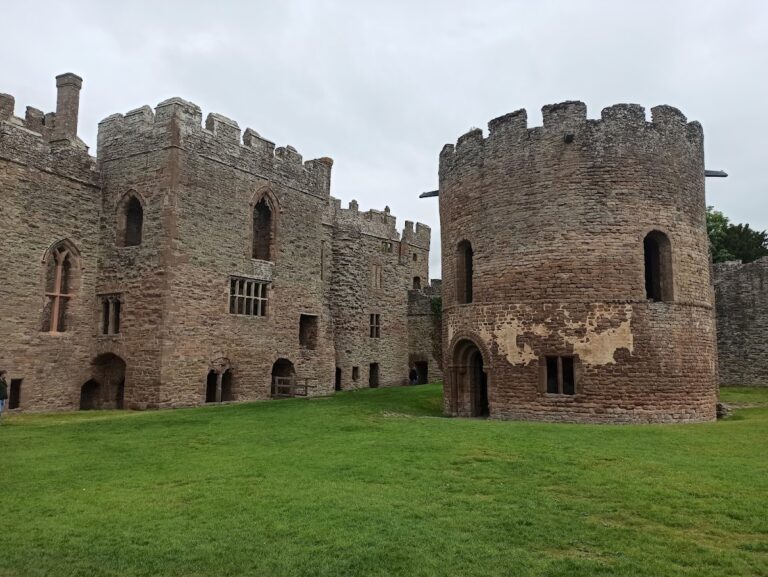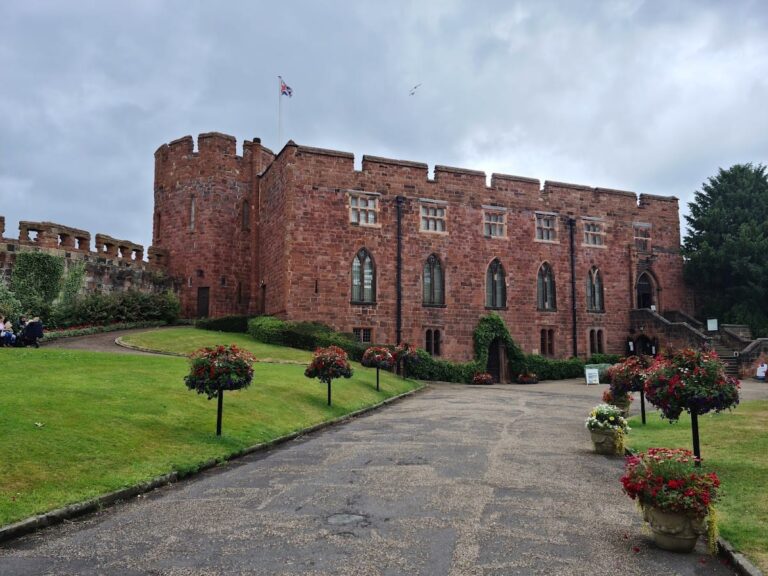Bridgnorth Castle: A Norman Fortress in England
Visitor Information
Google Rating: 4.6
Popularity: Medium
Google Maps: View on Google Maps
Country: United Kingdom
Civilization: Unclassified
Remains: Military
History
Bridgnorth Castle is located in the town of Bridgnorth, England, and was originally constructed by the Normans. It likely occupies the site of an earlier Saxon fortification established in 912 under Æthelflæd, the Lady of the Mercians, who set up a defensive burh—an early fortified settlement—in the area.
The castle’s foundation dates to 1101 when Robert de Belleme, son of Roger de Montgomery, Earl of Shrewsbury, built the initial fortifications. However, Robert’s control was short-lived; in 1102 King Henry I seized the castle and erected a temporary fortification on nearby Panpudding Hill. Between 1105 and 1113, substantial outer walls were constructed, with improved stonework and re-plastering carried out around 1120 under Henry I’s direction. During the reign of Henry II, around 1160, the main square great tower was built, with further expansions continuing through 1174 and into the early 1200s.
Structural additions included a turret present by 1160 that was extended in 1226 and a barbican with a drawbridge constructed in 1212 and first noted in historical records in 1221. Around 1242, the castle’s outer bailey—a courtyard enclosed within the castle’s defenses—was legally incorporated into the town. Despite these developments, the castle suffered decline and was reported in poor condition by 1267, becoming notably dilapidated by 1281.
In the early 14th century, Bridgnorth Castle was caught up in the Despenser War of 1321, during which it was briefly seized by rebellious barons. However, its military importance diminished sharply by the mid-1300s, partly due to the social and demographic impact of the Black Death. By the 15th century, the castle had largely fallen into neglect.
The 16th century brought minor repairs around 1530. John Leland, an antiquarian visiting between 1536 and 1542, described the castle as having tall walls but noted many ruined areas within different wards, including a large northern gate that had been sealed off. During this period, timber houses were constructed inside the castle grounds, indicating a shift towards domestic or civilian use.
In the English Civil War during the mid-17th century, Bridgnorth Castle became a critical Royalist stronghold. It endured a siege from 1645 to 1646 before falling to Parliamentarian forces commanded by Oliver Cromwell. Following the capture, Cromwell ordered the destruction of the castle to prevent future military use. Attempts were made to explode stored gunpowder through a 21-meter tunnel known as Lavington’s Hole, but this effort was abandoned after the castle surrendered. By 1647, the fortress had been largely dismantled, with stone from the ruins repurposed to repair the town.
Despite the demolition of the main defensive structures, a royal residence within the castle grounds, referred to as the “King’s House,” remained in use until the late 1600s. In 1821, the postern gate, or secondary northern entrance, was uncovered during road works but was demolished by controlled explosions as it obstructed traffic.
By the turn of the 20th century, the castle ruins had become overgrown. The site was cleared in 1956 and gifted to the local council. Archaeological interest continued into the mid-20th century, with the barbican’s ruins rediscovered in 1945. Further investigation came in 2001 when the television program Time Team conducted an excavation that helped clarify the castle’s layout and the sequence of its construction.
After World War I, a war memorial featuring a bronze statue by sculptor Adrian Jones was erected within the castle grounds, linking the historic site to modern remembrance.
Remains
Bridgnorth Castle’s surviving remains reveal a layout typical of Norman military architecture, centered around a defensible stronghold with subsequent medieval additions. The castle was primarily built of stone, with timber structures later incorporated within its walls during the 16th century.
The most prominent extant feature is the large square great tower constructed around 1160. This tower, originally serving as the main fortified residence and stronghold, today leans at an angle of approximately 15 degrees. This pronounced tilt exceeds that of the Leaning Tower of Pisa by a factor of four and is the result of damage sustained during the Civil War siege and partial demolition ordered by Cromwell.
The outer walls, dating from the early 12th century, were erected between 1105 and 1113. These walls were constructed using stone and received improvements shortly afterward around 1120, when the quality of materials was upgraded, and plastering was applied to strengthen and protect the surfaces. While mostly fragmented and shattered now, portions of these walls remain in situ, hinting at the scale and strength of the original defenses.
A barbican, a fortified gateway that provided additional protection at the castle’s entrance, was built in 1212 and equipped with a drawbridge. This feature was first recorded in documents in 1221. The ruins of this barbican were uncovered in 1945, revealing details of the castle’s defensive strategy. Nearby, a turret or mural tower present by 1160 was extended in 1226, likely to enhance surveillance and defense along the perimeter walls.
The castle historically included an outer bailey, an enclosed courtyard beyond the main defensive enclosure. This outer bailey was absorbed legally into the town in 1242 and no longer exists as part of the castle grounds. Similarly, a postern gate located at the northern bailey was rediscovered in 1821 but was demolished the same year to accommodate road traffic, leaving no visible remnants today.
Within the castle precinct lie several man-made tunnels and caves carved into the rock, known collectively as the Hermitage Caves. Among these is Lavington’s Hole, a 21-meter passage dug during the Civil War siege in attempts to undermine the defenses or remove stored gunpowder. For safety reasons, these tunnels remain closed to the public.
The castle sits approximately 64 meters above sea level in a valley surrounded by relatively flat terrain, a strategic location that once offered commanding views of the surrounding landscape.
Recognized for its historical importance, the site has been a scheduled monument since 1928. Conservation work and archaeological studies conducted in the 20th and 21st centuries have aimed to protect the ruins and deepen understanding of the castle’s rich past. The castle grounds also include a war memorial installed after the First World War, which features a notable bronze statue by Adrian Jones, adding a commemorative dimension to the historic site.










